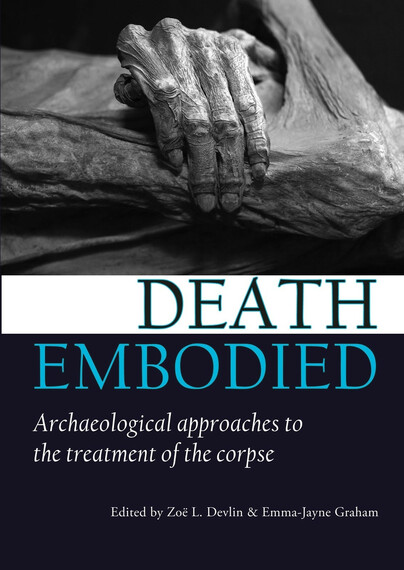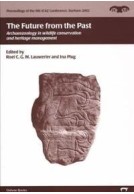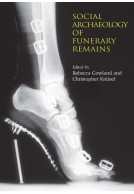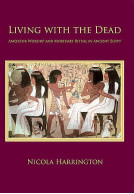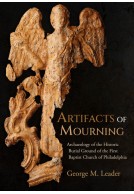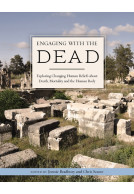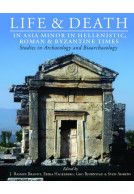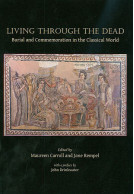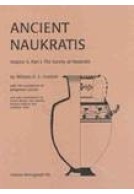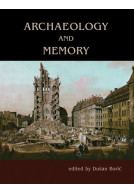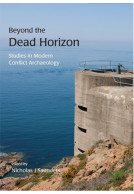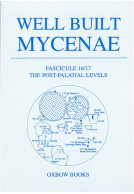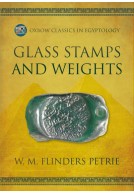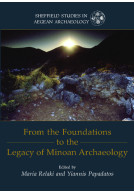Death Embodied (Paperback)
Archaeological approaches to the treatment of the corpse
Imprint: Oxbow Books
Series: Studies in Funerary Archaeology
Pages: 174
Illustrations: b/w
ISBN: 9781782979432
Published: 16th June 2015
Script Academic & Professional
Series: Studies in Funerary Archaeology
Pages: 174
Illustrations: b/w
ISBN: 9781782979432
Published: 16th June 2015
Script Academic & Professional
This book will be reprinted and your order will be released in due course.
You'll be £38.00 closer to your next £10.00 credit when you purchase Death Embodied. What's this?
+£4.99 UK Delivery or free UK delivery if order is over £40
(click here for international delivery rates)
Need a currency converter? Check XE.com for live rates
(click here for international delivery rates)
Need a currency converter? Check XE.com for live rates
In April 1485, a marble sarcophagus was found on the outskirts of Rome. It contained the remains of a young Roman woman so well-preserved that she appeared to have only just died and the sarcophagus was placed on public view, attracting great crowds. Such a find reminds us of the power of the dead body to evoke in the minds of living people, be they contemporary (survivors or mourners) or distanced from the remains by time, a range of emotions and physical responses, ranging from fascination to fear, and from curiosity to disgust. Archaeological interpretations of burial remains can often suggest that the skeletons which we uncover, and therefore usually associate with past funerary practices, were what was actually deposited in graves, rather than articulated corpses. The choices made by past communities or individuals about how to cope with a dead body in all of its dynamic and constituent forms, and whether there was reason to treat it in a manner that singled it out (positively or negatively) as different from other human corpses, provide the stimulus for this volume. The nine papers provide a series of theoretically informed, but not constrained, case studies which focus predominantly on the corporeal body in death. The aims are to take account of the active presence of dynamic material bodies at the heart of funerary events and to explore the questions that might be asked about their treatment; to explore ways of putting fleshed bodies back into our discussions of burials and mortuary treatment, as well as interpreting the meaning of these activities in relation to the bodies of both deceased and survivors; and to combine the insights that body-centred analysis can produce to contribute to a more nuanced understanding of the role of the body, living and dead, in past cultures.
Customers who bought this title also bought...
Other titles in the series...
Other titles in Oxbow Books...







